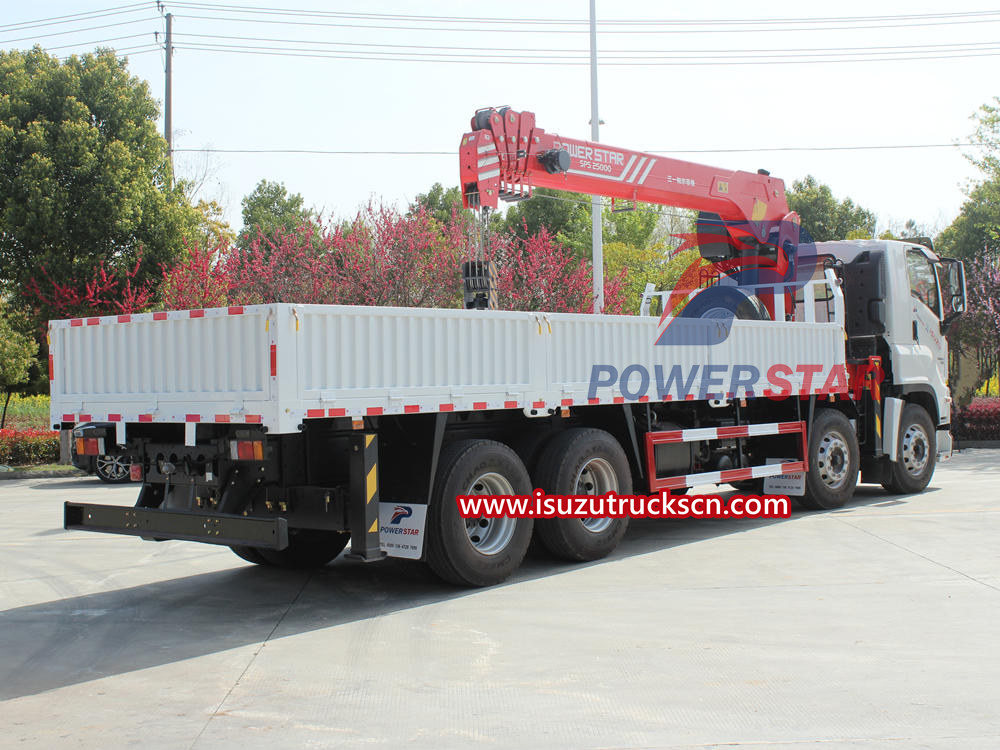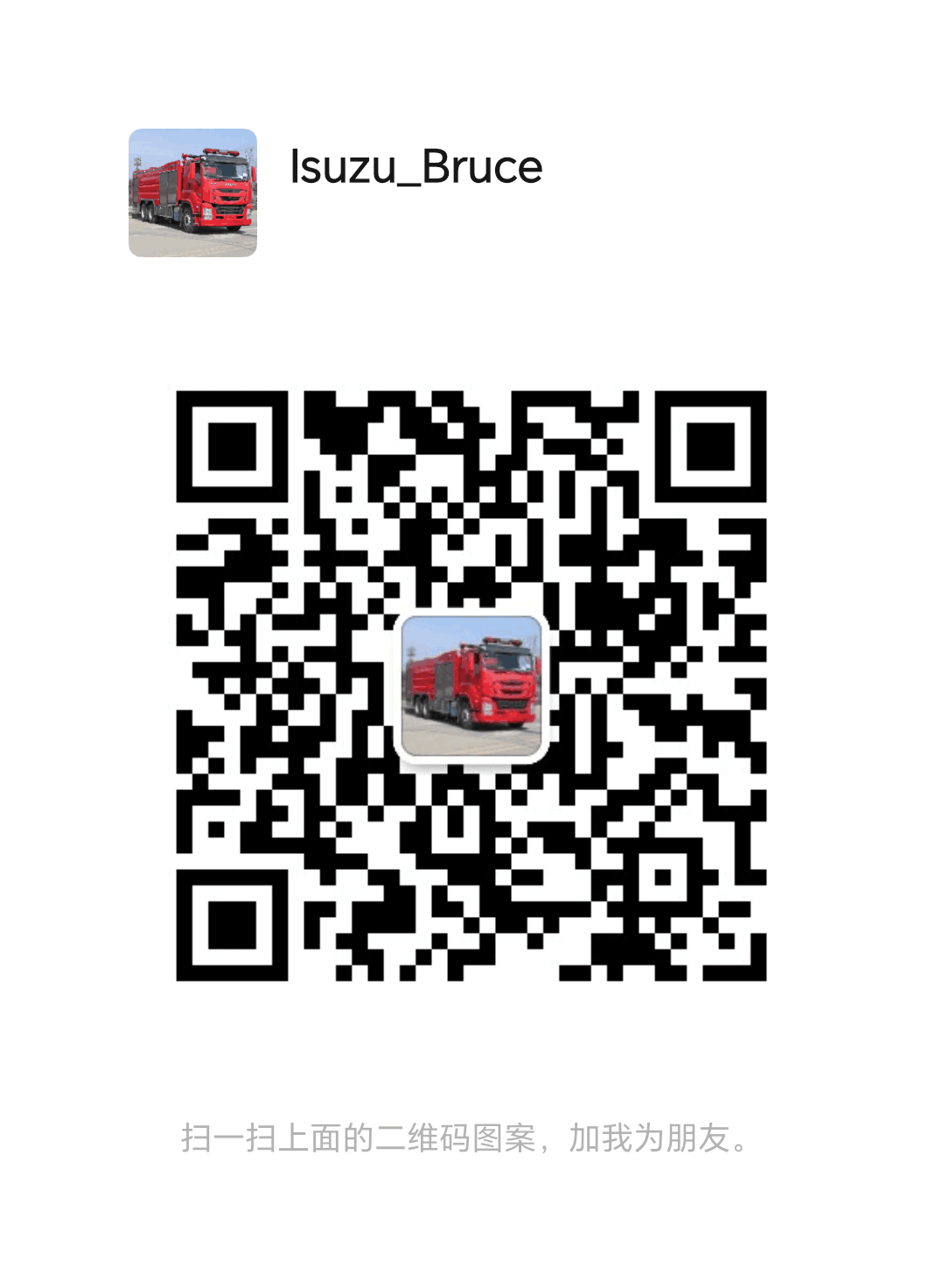


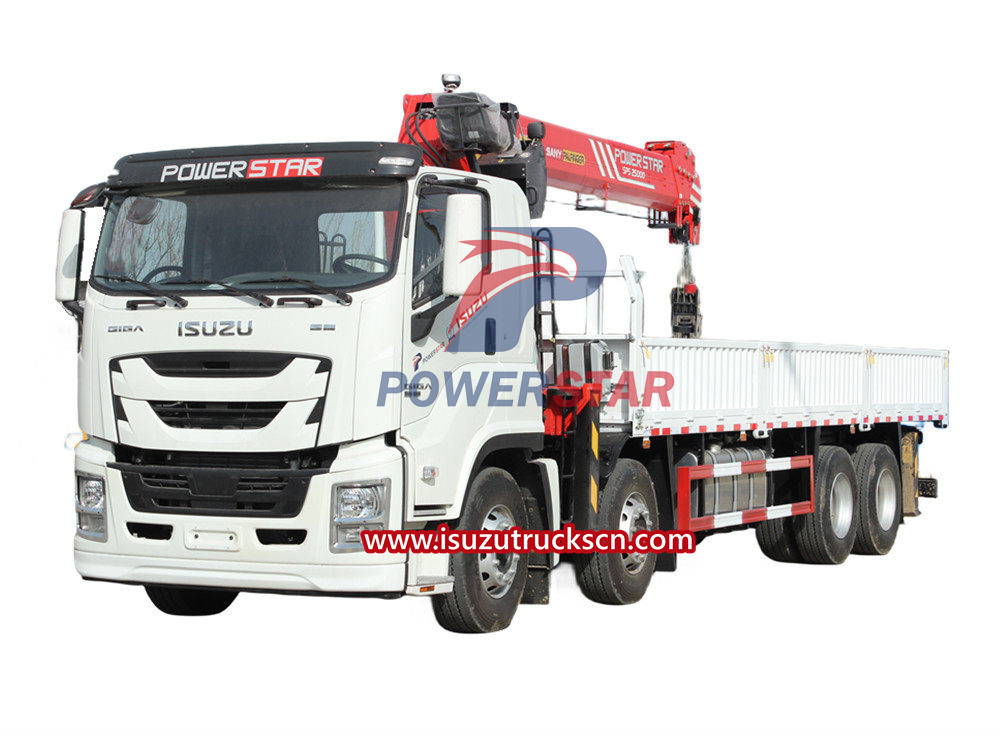
1. Multi-section boom telescopic technology: For booms with three or more sections, there are generally two ways to telescope each section of the boom: sequential telescopic and synchronous telescopic. Sequential expansion and contraction means that during the expansion and contraction process of the boom, each section of the telescopic arm must complete the expansion and contraction actions in a certain order, while synchronous expansion and contraction means that each section of the telescopic arm expands and contracts at the same stroke ratio at the same time. Different selections of the telescopic arm will affect the self-weight of the boom. When the lifting characteristics are the same, because the dangerous cross-section position of the telescopic alarm of the synchronous telescopic mechanism changes more, it is not easy to make a variable-section structure. The boom of the sequential telescopic mechanism can be larger than that of the synchronous telescopic mechanism. Designed to be lighter.
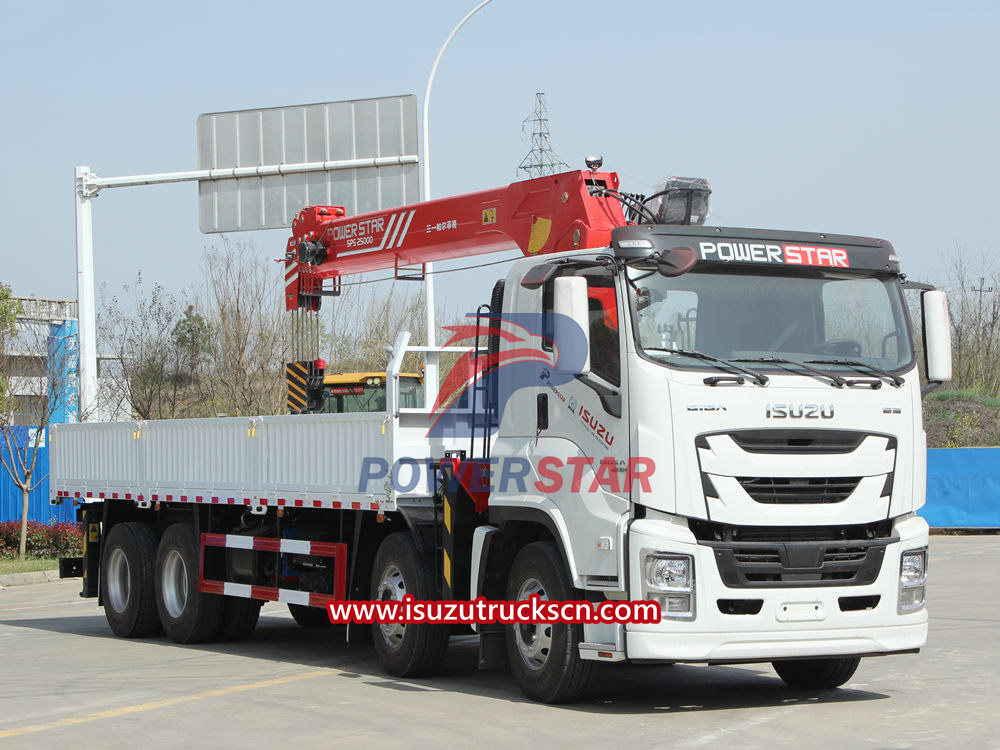
2. Hydraulic system: The hydraulic lifting device of Isuzu truck-mounted lifting truck usually includes outriggers, slewing, luffing and lifting mechanisms. Since the rotation, luffing and lifting of the truck-mounted hoisting device are realized by the corresponding mechanisms in the crane assembly, it is generally just a matter of type selection and general layout. The outrigger mechanism, in addition to ensuring normal lifting operations, also has a great impact on the stability of the vehicle, so the design and calculation of the outriggers is a key point. When the lifting device is working, the frame of the lifting truck will bear a large concentrated load. In order to ensure that the frame is not damaged and to improve the lifting capacity of the lifting device, the lifting device must be equipped with outriggers, which should work reliably and be easy to telescope. Each leg has at least one vertical support hydraulic cylinder. Some are driven by hydraulic pressure in the horizontal direction, and some are operated by humans to achieve horizontal movement. The legs are H-shaped when extended. In order to ensure sufficient extension distance, the left and right outriggers are spread apart from each other and retracted when driving.
Isuzu truck-mounted crane adopts H-type outriggers, which have a large extension distance. Each leg has at least one vertical support hydraulic cylinder, and some are driven by hydraulic pressure in the horizontal direction. The legs are H-shaped when extended. In order to ensure sufficient extension distance, the left and right outriggers are spaced apart from each other. H-type outriggers have good adaptability to the ground and are easy to level. They are widely used on medium and large cranes.
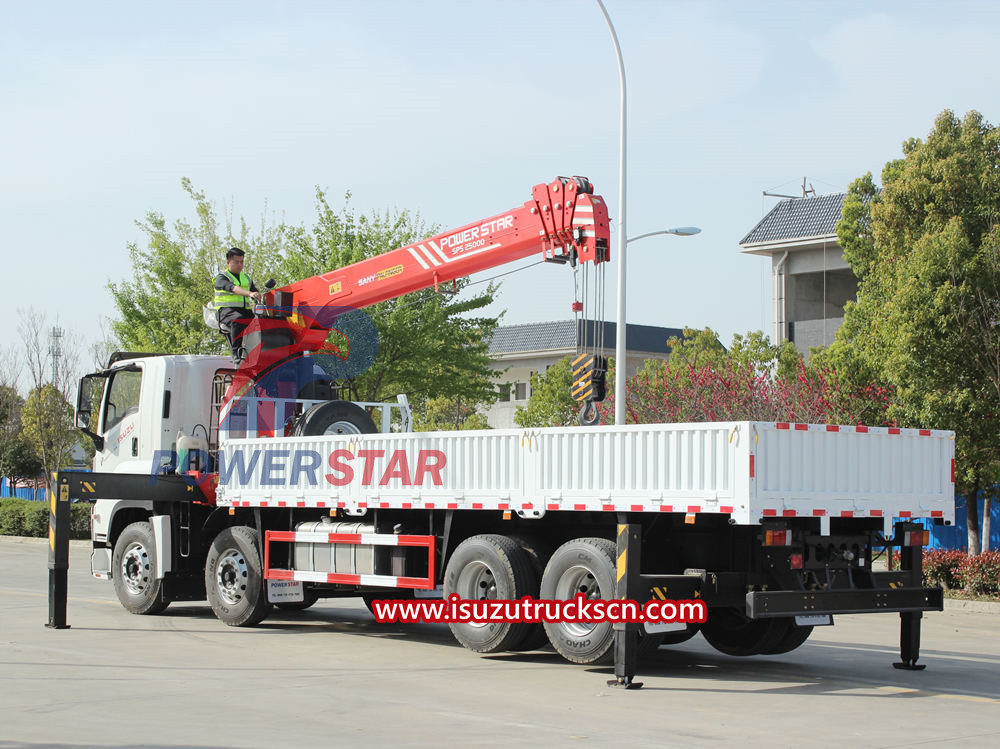
The important safety technical requirement for Isuzu truck-mounted cranes is locking
1. Locking after braking: Gap sealing is often used between the valve core and the valve body of the truck-mounted crane reversing valve. Under the dual effects of its own gravity and the gravity of the lifting load, high-pressure oil often passes through the reversing valve during braking. The tiny gap between the valve core and the valve body slowly leaks, and the hydraulic cylinder or hydraulic motor of each mechanism cannot be effectively locked. Therefore, it is very easy to reduce the lifting weight, retract the boom, increase the amplitude, and sink the outriggers. Accidents may cause the truck-mounted crane to fail to work normally, or may cause serious accidents such as vehicle overturning and casualties. There are at least the following four safety measures to eliminate hidden dangers:
(1) Connect hydraulic locks in series in the oil return line
The reverse oil path of the hydraulic control check valve can only be connected after a certain pressure oil is input to its control oil path. It is a switching element that can control the oil circuit on and off. It is usually also called a hydraulic lock. Connect the hydraulic lock in reverse series to the return oil circuit of the hydraulic cylinder (hydraulic motor), and connect its control oil circuit to the oil inlet circuit of the hydraulic cylinder (hydraulic motor), so that the return oil circuit can be in the braking state Because the control oil circuit is cut off due to the lack of pressure oil, it plays a due locking role on the hydraulic cylinder (hydraulic motor).
(2) Connect a balancing valve in series in the oil return line
The balance valve is essentially a combination valve composed of a one-way valve and an externally controlled internal leakage sequence valve. Its installation position and locking principle in the truck crane are exactly the same as those of the hydraulic lock, that is, it is installed in the oil return line. , cut off the oil return pipeline after braking.
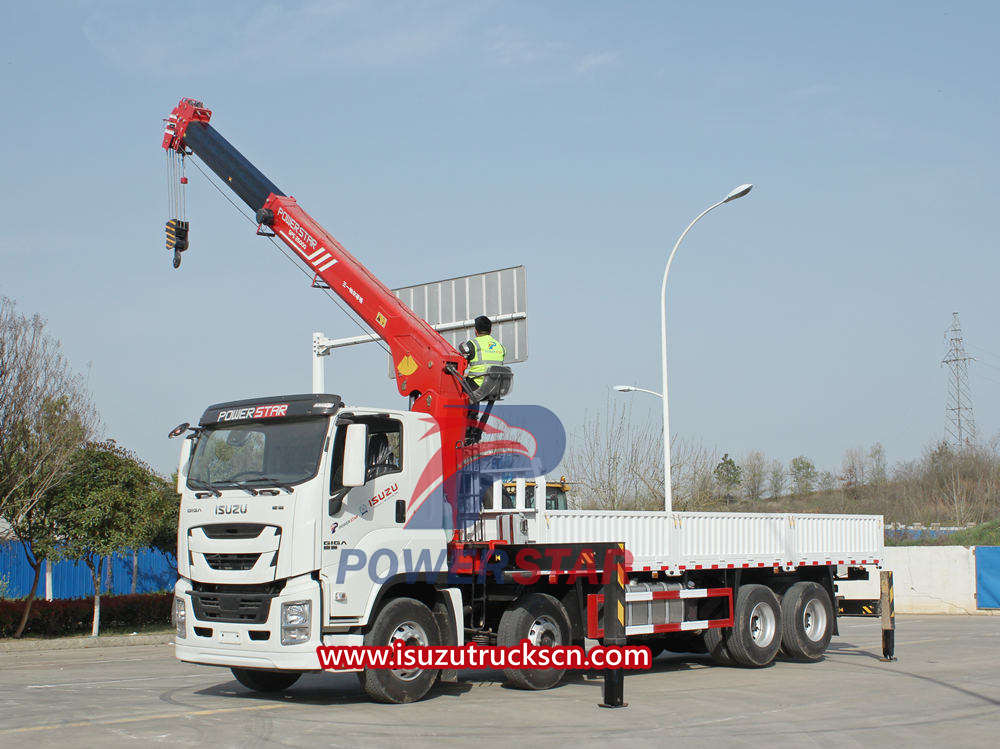
(3) Improve the sealing performance of hydraulic components
After installing a hydraulic lock or balance valve in the oil circuit, it is not necessarily guaranteed that the mechanism can be locked after braking. The sealing of the hydraulic cylinder (hydraulic motor) is also a key factor that restricts the locking effect.
Oil leakage from hydraulic components is divided into two types: internal leakage and external leakage. Internal leakage in the hydraulic cylinder is difficult to detect, which will cause the outriggers to retract and retract, the boom to extend and retract, and the luffing mechanism to fail to lock, causing sinking. Therefore, the key to improving the sealing effect of a hydraulic cylinder is to solve the internal leakage problem that occurs inside it.
(4) External brake of lifting hydraulic motor
It is difficult to detect internal leakage of hydraulic cylinders and hydraulic motors for a long time. Leakage will occur unconsciously after the seals are worn. In this way, if the locking is firm, there is only one way to install the brake, and it can only be used on the hydraulic motor that lifts and lowers the heavy object. Other methods such as telescopic boom, luffing, etc. cannot be used.
The brake that works on the lifting mechanism is actually a small single-rod single-acting hydraulic cylinder. The brake is normally closed, and the braking force depends on the spring force in the cylinder.
